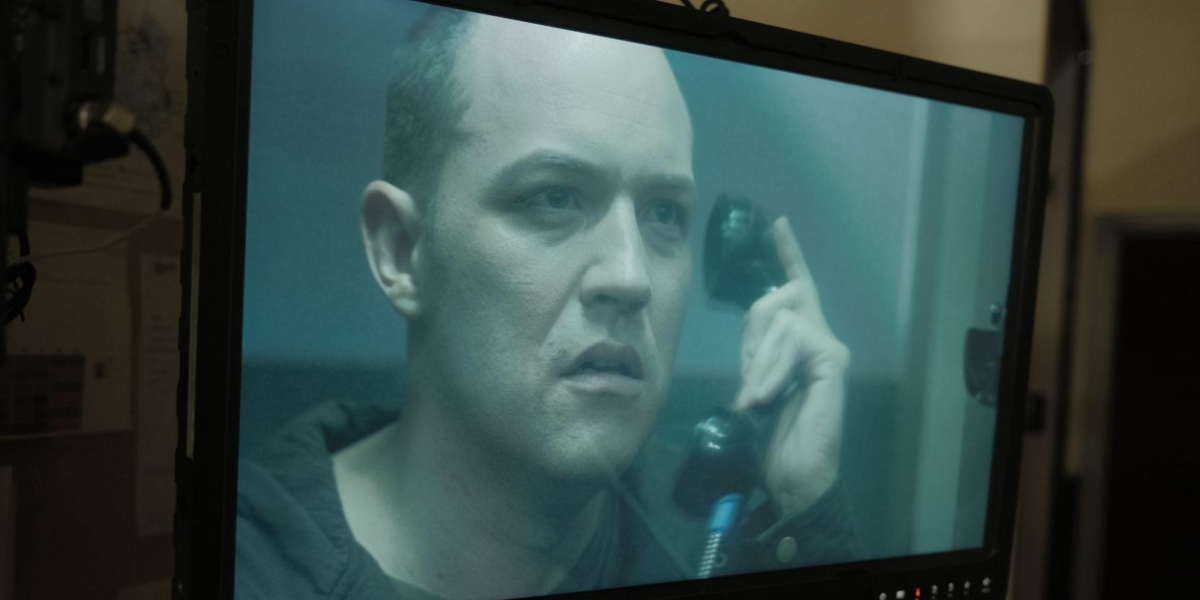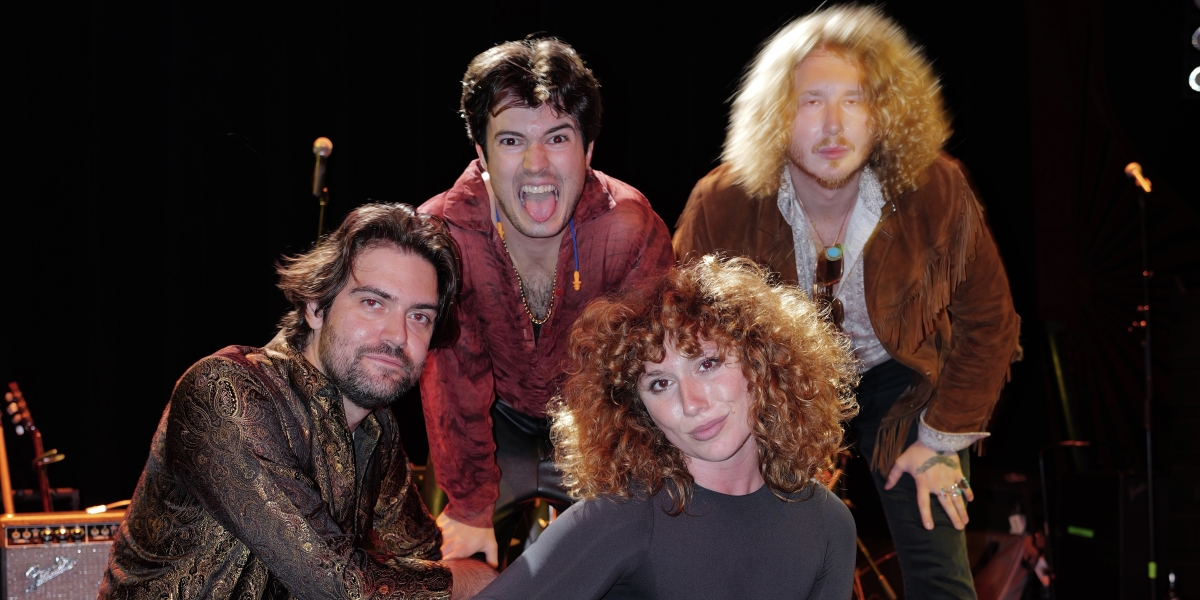Who invented the first hot air balloon?
The story of hot air balloons begins in the 18th century, a time when the world was full of discovery and experimentation. The credit for the first successful flight of a hot air balloon goes to two brothers from France, Joseph-Michel and Jacques-Étienne Montgolfier. They were paper manufacturers by trade, but they had a passion for science and were fascinated by the idea of flight. In 1783, they crafted the first hot air balloon out of fabric and paper, and it was powered by a fire beneath the balloon, which created hot air to lift it off the ground.
Their inspiration came from observing how heated air rises. They believed that by capturing this air in a large envelope, they could create enough lift to carry objects—and eventually humans—into the sky. On June 4, 1783, they launched their first unmanned balloon in front of an audience in the French town of Annonay. The balloon rose to about 6,000 feet and traveled more than a mile before gently returning to the ground. This successful flight marked the birth of hot air ballooning.
The brothers’ work caught the attention of French royalty, and soon, they were asked to demonstrate their invention in Paris. Just a few months later, in September 1783, they launched another balloon, this time carrying a sheep, a duck, and a rooster. The animals returned safely, which paved the way for the first human flight.
When did the first human flight in a hot air balloon take place?
The first human flight in a hot air balloon took place on November 21, 1783, in Paris, France. Two brave men, Jean-François Pilâtre de Rozier, a teacher of physics and chemistry, and François Laurent d’Arlandes, a French marquis, volunteered to be the first passengers. The Montgolfier brothers provided the balloon for the flight, which was named the Montgolfière after them.
On that historic day, the balloon took off from the center of Paris, near the Château de la Muette, and floated over the city for about 25 minutes, covering several miles. The men managed the fire that kept the balloon aloft, and despite some challenges during the flight, they landed safely. The flight was a sensation and was widely reported across Europe. This achievement opened a new chapter in human history, proving that humans could indeed take to the skies.
Interestingly, this human flight was not without its critics and skeptics. Many people feared the risks involved in flying in a hot air balloon, particularly the possibility of crashing or the balloon catching fire. However, the success of this first manned flight quickly silenced many of the doubters and ignited a wave of enthusiasm for ballooning.
How did hot air ballooning evolve after its invention?
After the Montgolfier brothers’ breakthrough, hot air ballooning rapidly evolved. The concept of balloon flight spread across Europe, and soon, others were experimenting with their own designs. In France, Jacques Charles, another inventor, took a different approach by using hydrogen gas instead of hot air to lift his balloons. Hydrogen was lighter than air, allowing for even longer flights, although it posed greater risks due to its flammability.
Throughout the 19th century, hot air ballooning became popular not only for scientific exploration but also as a form of entertainment and spectacle. Balloon races and exhibitions were held in cities across Europe, attracting large crowds. Balloons also began to be used for more practical purposes, such as military reconnaissance during wars. During the American Civil War and later in World War I, hot air balloons were used to gather intelligence from the sky, giving armies a strategic advantage.
As technology advanced, the use of hot air balloons for practical purposes gradually declined, particularly with the invention of airplanes and other forms of powered flight. However, hot air ballooning never truly disappeared. It transformed into a leisure activity, enjoyed by adventurers and enthusiasts around the world. Modern hot air balloons, made from more durable materials like nylon and using propane burners, are much safer and easier to control than their 18th-century predecessors.
Today, hot air ballooning is enjoyed as a peaceful, scenic way to explore the skies. Balloon festivals are held in various countries, where vibrant balloons fill the air, creating stunning views. The technology might have changed, but the sense of wonder that accompanies ballooning remains the same as when the Montgolfier brothers first launched their simple balloon over 200 years ago.





